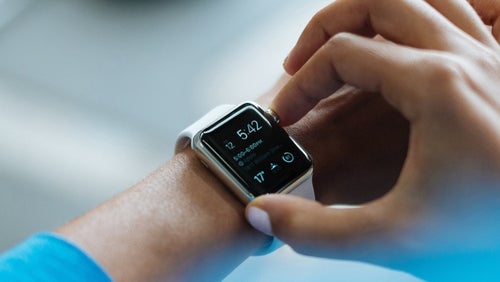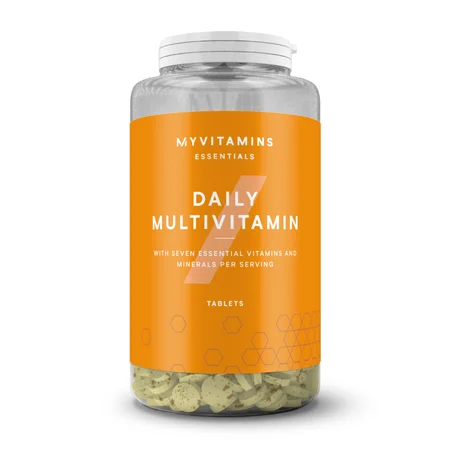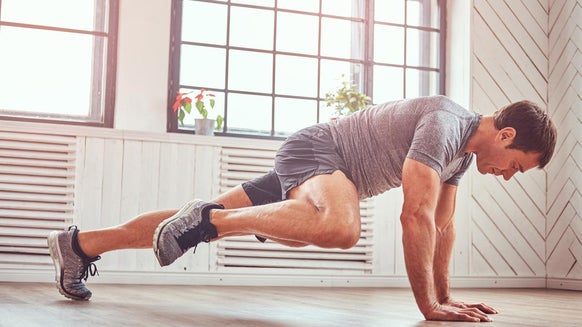
Researchers at the Boston University School of Medicine have been researching the effects of physical exercise on greater physical fitness. Is hitting your step count with a gentle stroll as good as believed, or is it all about moderate-vigorous exercise?
The Study
2,000 participants undertook comprehensive cardiopulmonary exercise tests (CPET) for the “gold standard” measurement of physical fitness, which helps to understand someone's maximum capacity to utilise oxygen. These measurements were then associated with the physical activity data of the participants.
Physical activity data was gained through the use of accelerometers, which is a device that measures the frequency and intensity of human movement. The participants wore the accelerometers for one week around the time of their CPET, and approximately eight years earlier.
This range allowed the researchers to gain a broader view of the effects of exercise on greater physical fitness levels.
The Results
The study found that moderate-vigorous physical activity was the most efficient at improving fitness.1 For some perspective, moderate-vigorous exercise was three times more efficient than walking, and almost 14 times more efficient than simply reducing the amount of time participants were sat down for.1According to an article by the American Heart Association, moderate exercise can include walking two miles in 30 miles, dancing, or cycling slower than 10 miles an hour.2 Alternatively, vigorous exercise can be categorised as hiking uphill with a heavy backpack, tennis (singles) or cycling 10 miles an hour, or faster.2However, increasing the amount of time spent exercising, or increasing your daily step-count can still offset the effects of being sedentary – spending a lot of time seated, with little physical activity.1
Take Home Message
Some days getting in your preferred exercise can be difficult. Ideally, you should manage to complete some form of moderate-vigorous exercise a few times a week, which can include anything from running to swimming. But, if this isn’t always possible, then just getting moving is better than nothing. Whilst walking may not have been proven to increase fitness levels, there are many other benefits.
Enjoy this article?READ MORE HERE:

After completing an internship with Myprotein, Emily returned to university to finish her Bachelor of Science degree in Business Management and Marketing.
With experience in lifestyle writing, Emily aims to entertain and educate through her work. Her focuses include recipes, real and inspiring stories, and working with writers to help provide easy-to-digest evidence-based research.
Her work on recipes has been previously featured in The Supplement magazine, with a particular focus on high-protein, nutritious meals, plus advice on how to properly fuel your body.
Outside of work, Emily’s top priority is food. She’s a self-professed star baker and a connoisseur of all things baked. In her spare time, she’s either cooking up a storm, our looking out for the opportunity to try out Manchester’s newest restaurants. But as a huge fan of carbs, if it’s not pasta or pasta-adjacent, she’s not interested.
If she’s not in the kitchen, she’s tucked up with a book for an early night, or you’ll find her in the gym working up a sweat. Afterall, all those carbs require quite the appetite.










